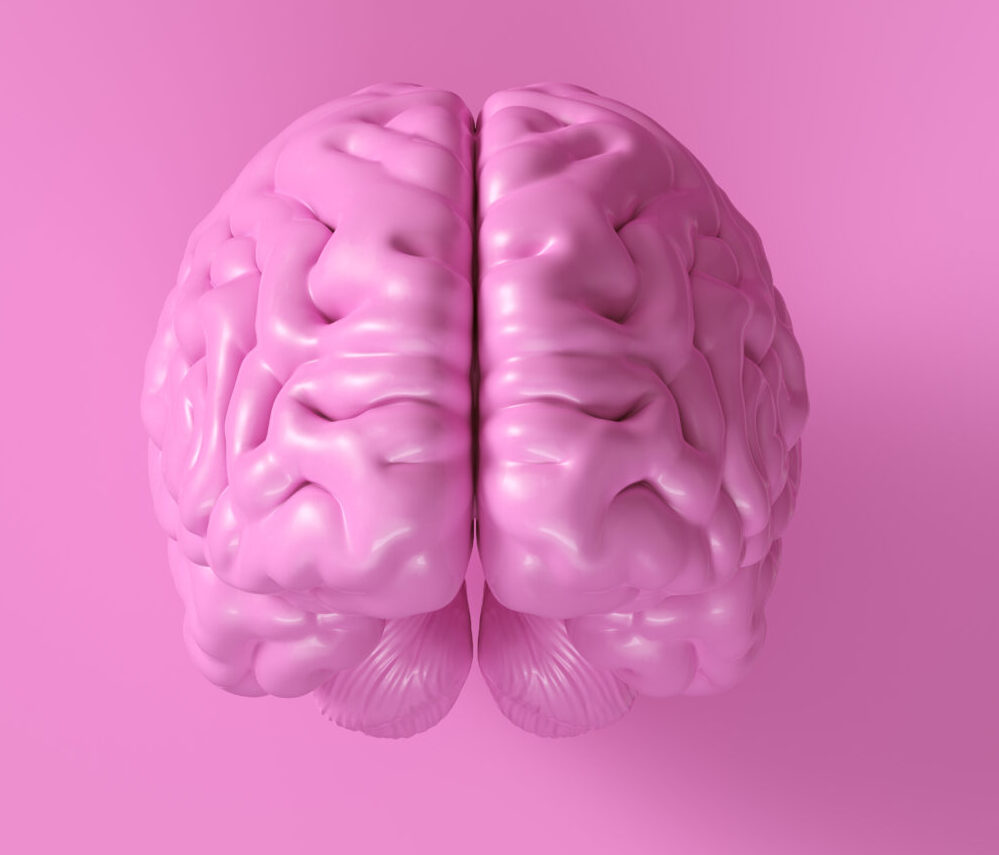Neuroprotective Strategies for Alzheimer’s: A Scientific Review
**Neuroprotective Strategies for Alzheimer’s: A Scientific Review**
Alzheimer’s disease is a complex condition that affects millions of people worldwide. It is characterized by the progressive loss of memory and cognitive abilities, and it is one of the most significant health challenges of our time. While there is no cure for Alzheimer’s, researchers are working tirelessly to develop effective neuroprotective strategies to manage and potentially prevent the disease.
### 1. **Quercetin and Nanotechnology**
One promising area of research involves the use of quercetin, a bioactive compound found in many fruits and vegetables. Quercetin has been shown to have antioxidant, anti-inflammatory, and neuroprotective properties, which make it a potential therapeutic agent for Alzheimer’s. However, its effectiveness is limited by its low bioavailability and difficulty in crossing the blood-brain barrier (BBB). To overcome these challenges, scientists are using nanotechnology to create quercetin-functionalized nanomaterials. These nanostructures enhance quercetin’s solubility, stability, and targeted delivery to the brain, thereby augmenting its therapeutic potential[1].
### 2. **Targeting Amyloid and Tau Proteins**
Another key area of research focuses on targeting the underlying causes of Alzheimer’s, such as the accumulation of amyloid plaques and tau tangles in the brain. Monoclonal antibodies, which are man-made proteins that mimic human antibodies, have shown promise in clearing amyloid plaques and slowing cognitive decline. Combination therapies that target both amyloid and tau proteins are also being explored, as they may offer more effective outcomes than single treatments alone[2].
### 3. **Neuroinflammation and Microglial Modulation**
Inflammation in the brain is a significant factor in the progression of Alzheimer’s. Researchers are investigating anti-inflammatory drugs and therapies that modulate microglial activity, which are immune cells in the brain that can contribute to neurodegeneration. By regulating these immune responses, scientists hope to prevent or slow disease progression[2].
### 4. **Dietary Interventions**
Diet plays a crucial role in neuroprotection and cognitive health. The Mediterranean Diet and the Nordic Diet have been shown to be associated with improved cognitive function and delayed cognitive decline. High consumption of fruits, vegetables, legumes, and certain types of oil (like extra virgin olive oil) may lower the risk of dementia. While the evidence is not yet definitive, dietary interventions offer a promising avenue for preventing and managing Alzheimer’s[3].
### 5. **Aerobic Exercise**
Physical activity has been linked to a reduced risk of developing Alzheimer’s disease. A recent study in aged rats suggests that aerobic exercise may modulate the interaction between brain cells, reducing inflammation and the abnormal accumulation of proteins associated with aging and Alzheimer’s. Exercise has been shown to improve cellular communication in the hippocampus, a brain region critical for learning and memory. While these findings are based on animal models, they highlight the potential for aerobic exercise as a cornerstone in preventive strategies for Alzheimer’s[5].
### 6. **Emerging Therapies**
Other emerging therapies include gene silencing, which involves shutting off the effect of a particular gene, and checkpoint inhibition, which aims to balance the immune system. Gene editing technologies like CRISPR are also being explored to target specific genetic risk factors. Additionally, cell-based therapies using stem cells to replace damaged neurons and RNA-based therapeutics to regulate gene expression are being investigated[2].
### Conclusion
Alzheimer’s disease is a complex condition that requires a multifaceted approach to management and prevention. From the use of quercetin-functionalized nanomaterials to the targeting of amyloid and tau proteins, dietary interventions, and aerobic exercise, each strategy offers a unique pathway towards neuroprotection. While significant progress has been made, further research is needed to fully understand the mechanisms behind these therapies and to translate them into effective clinical treatments





